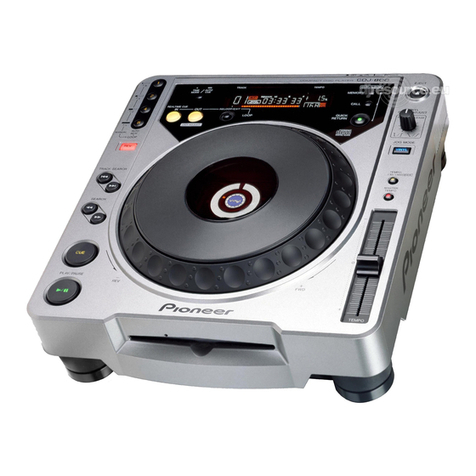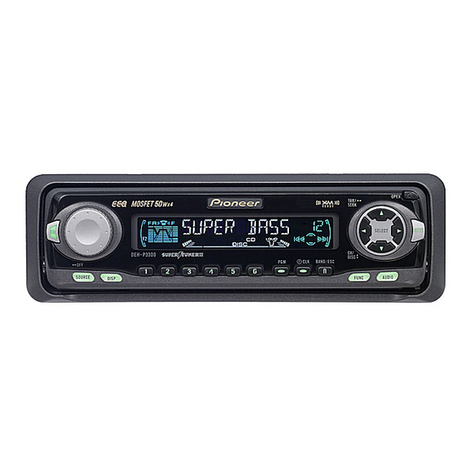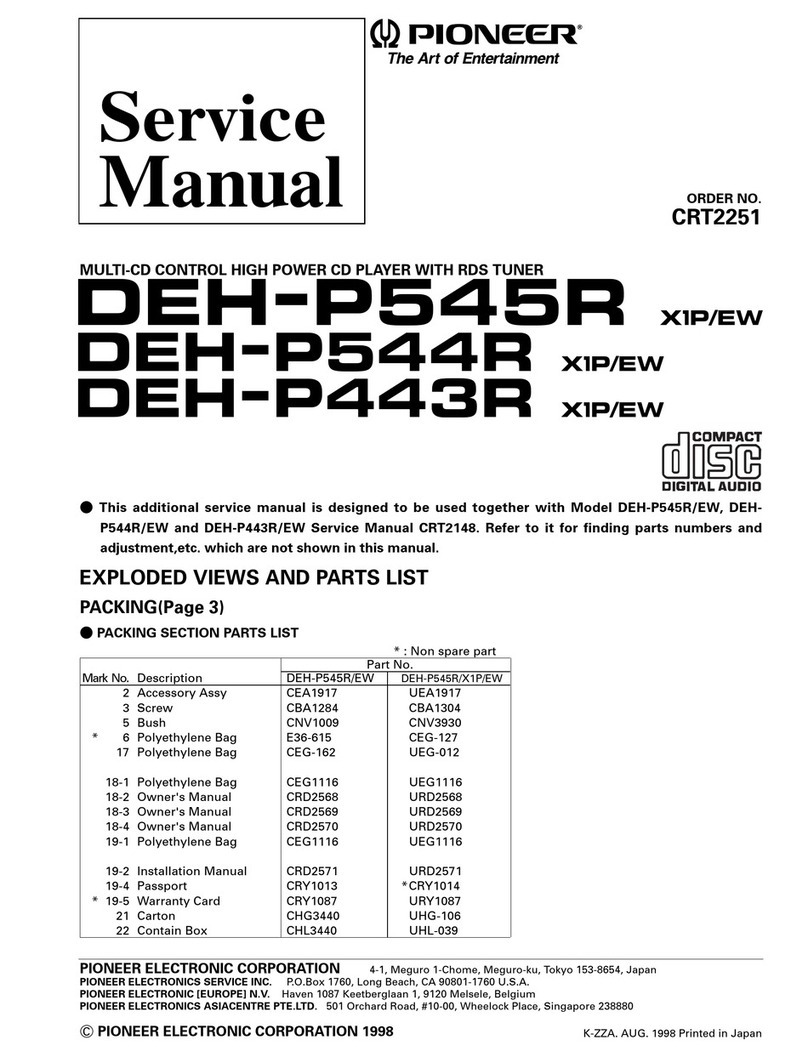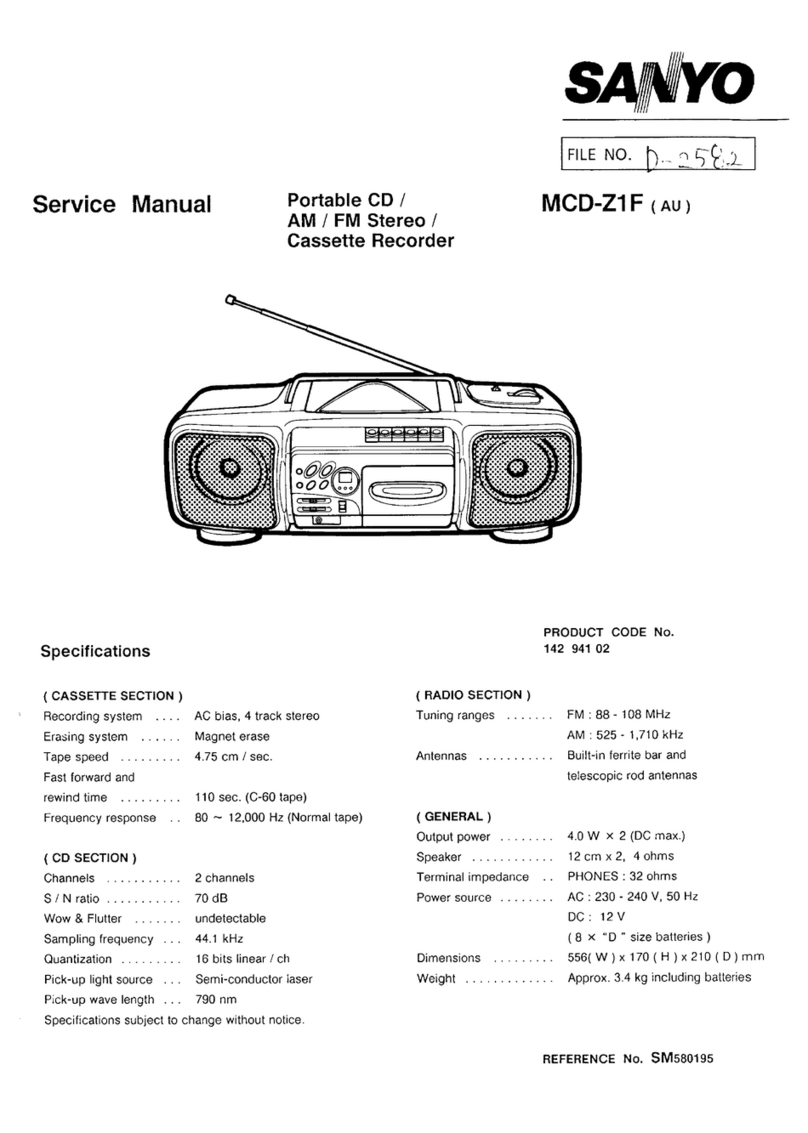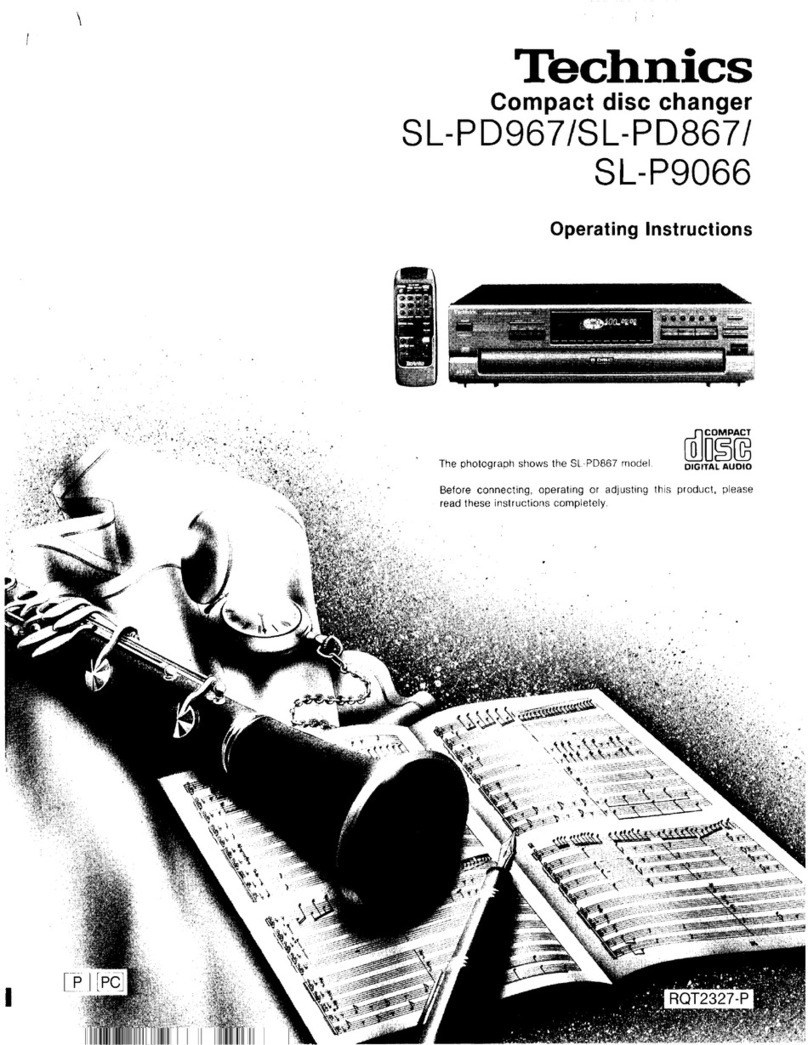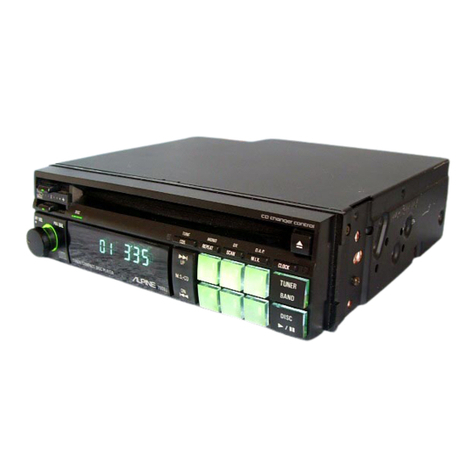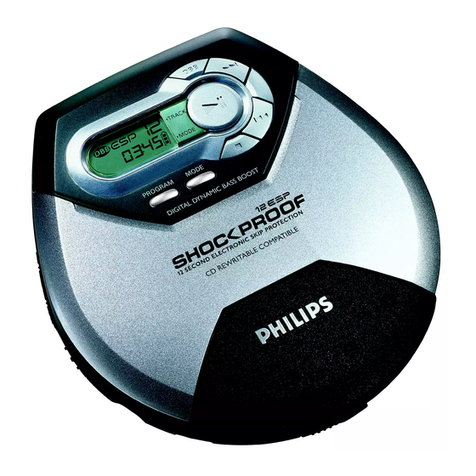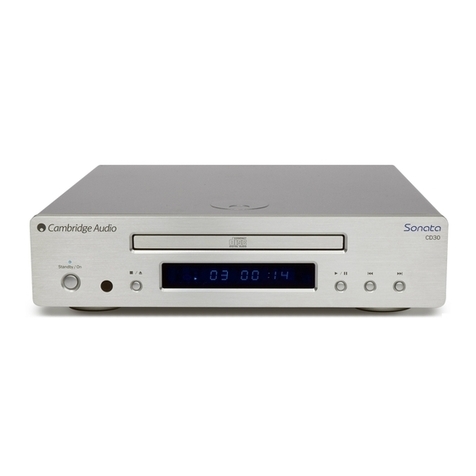Pioneer PD-S801 User manual
Other Pioneer CD Player manuals
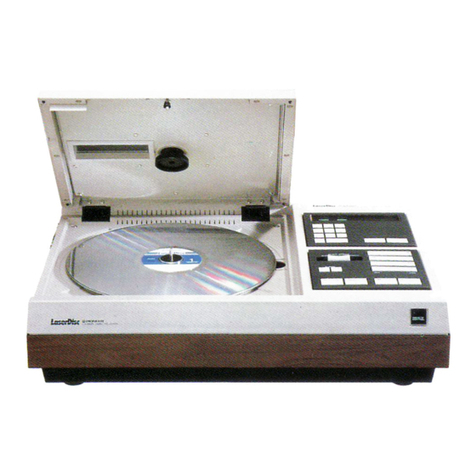
Pioneer
Pioneer VP-1000 User manual
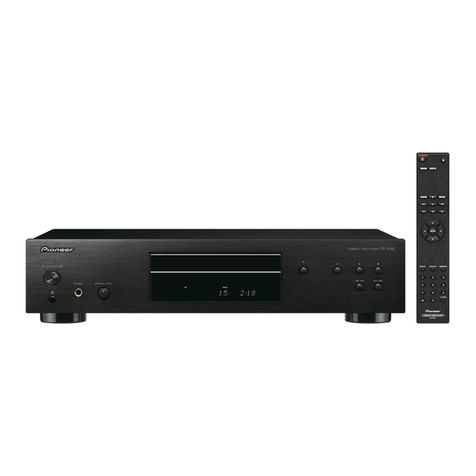
Pioneer
Pioneer PD-30AE User manual
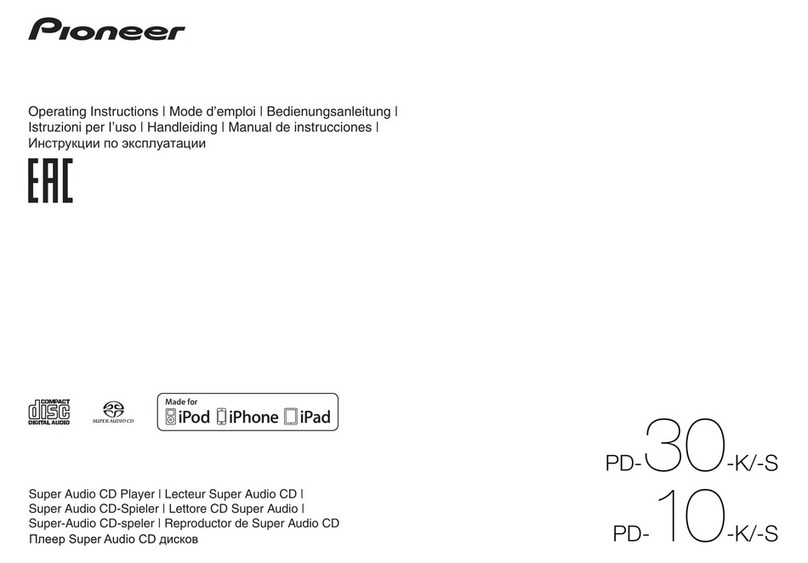
Pioneer
Pioneer PD-30-K/-S User manual

Pioneer
Pioneer CDJ-400 - Cd/Media Player Instruction Manual
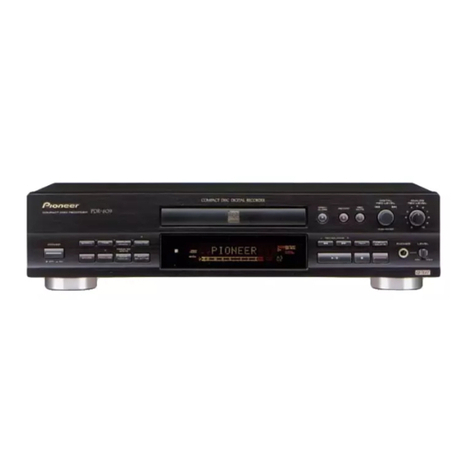
Pioneer
Pioneer PDR-609 User manual

Pioneer
Pioneer DEH-P6600 User manual

Pioneer
Pioneer DEH-P8100R User manual
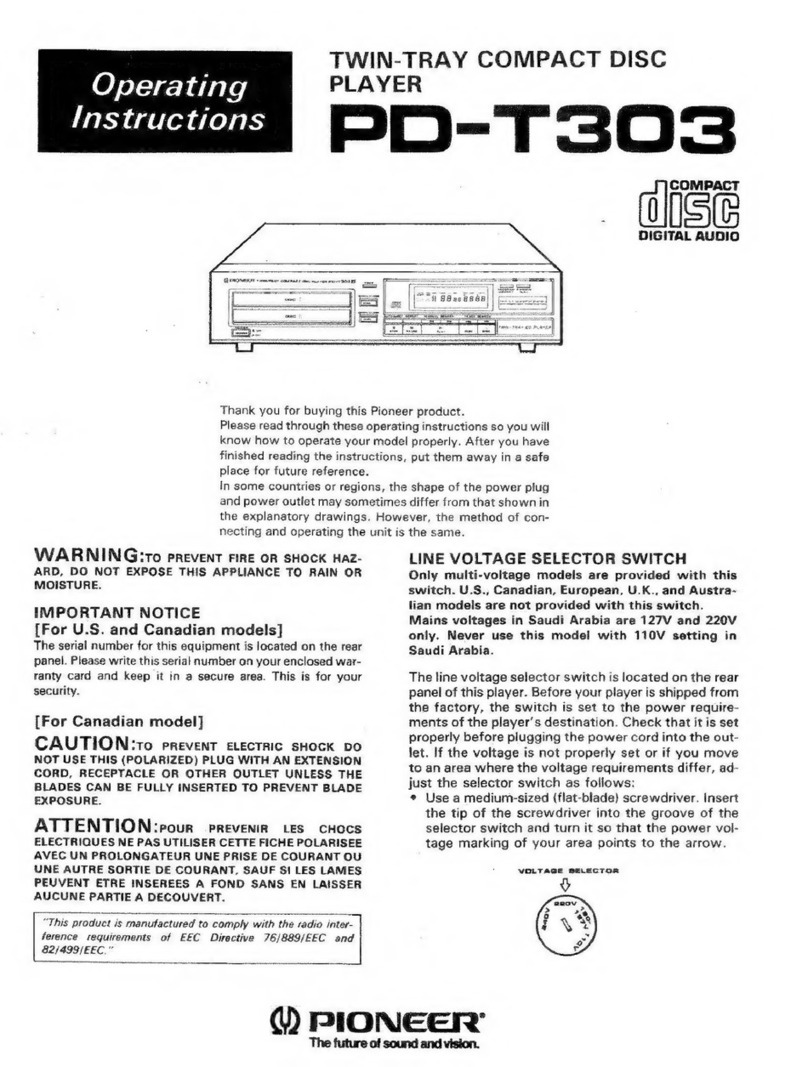
Pioneer
Pioneer PD-T303 User manual
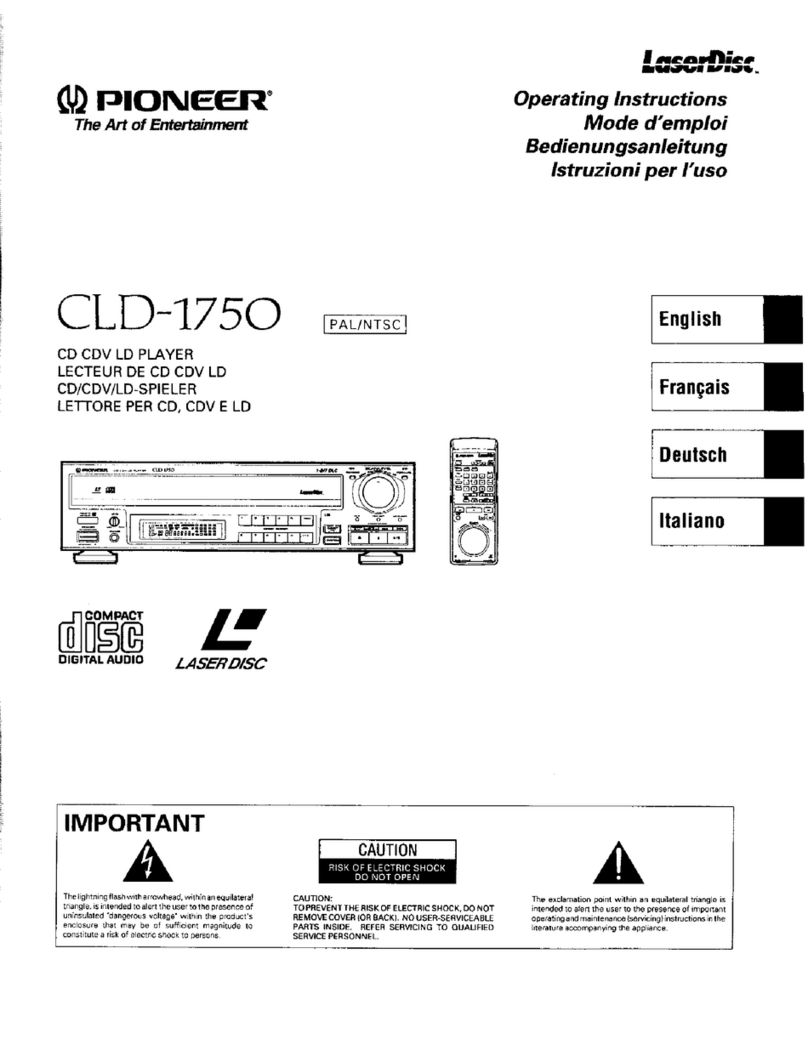
Pioneer
Pioneer CLD-1750 User manual
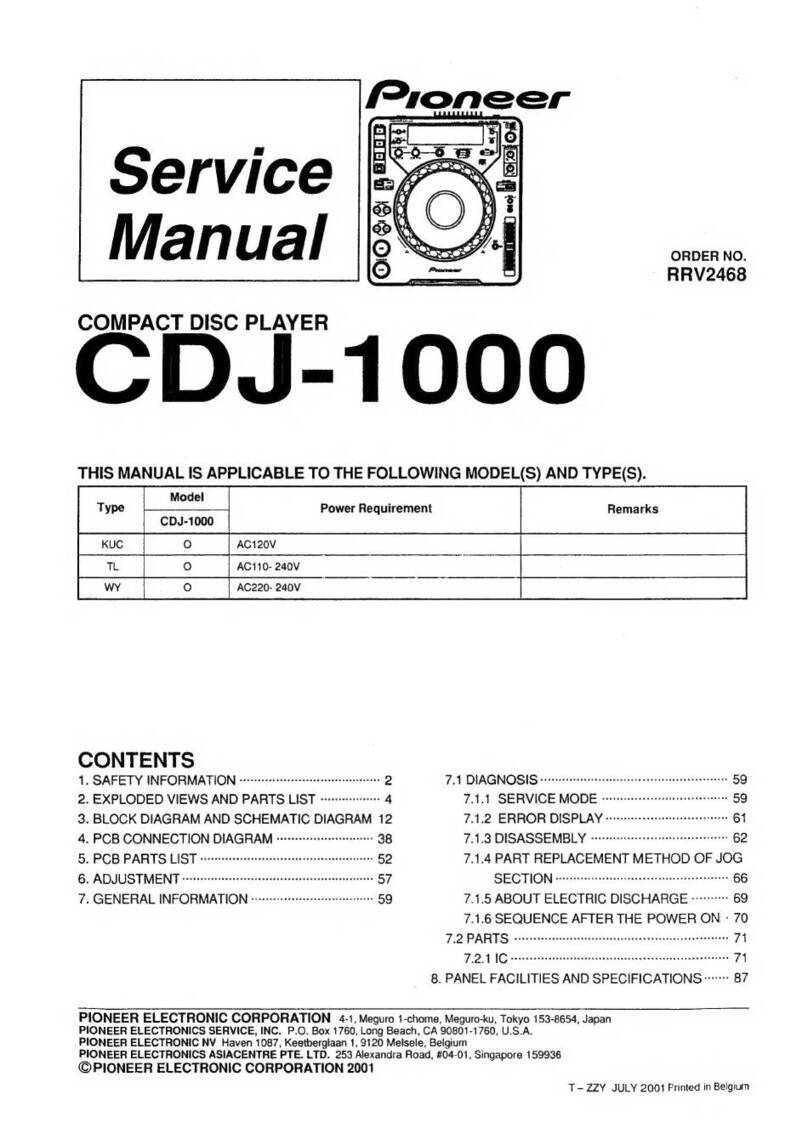
Pioneer
Pioneer CDJ-1000 User manual
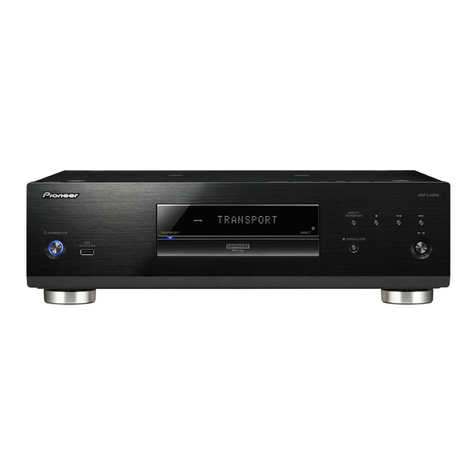
Pioneer
Pioneer UDP-LX800 User manual
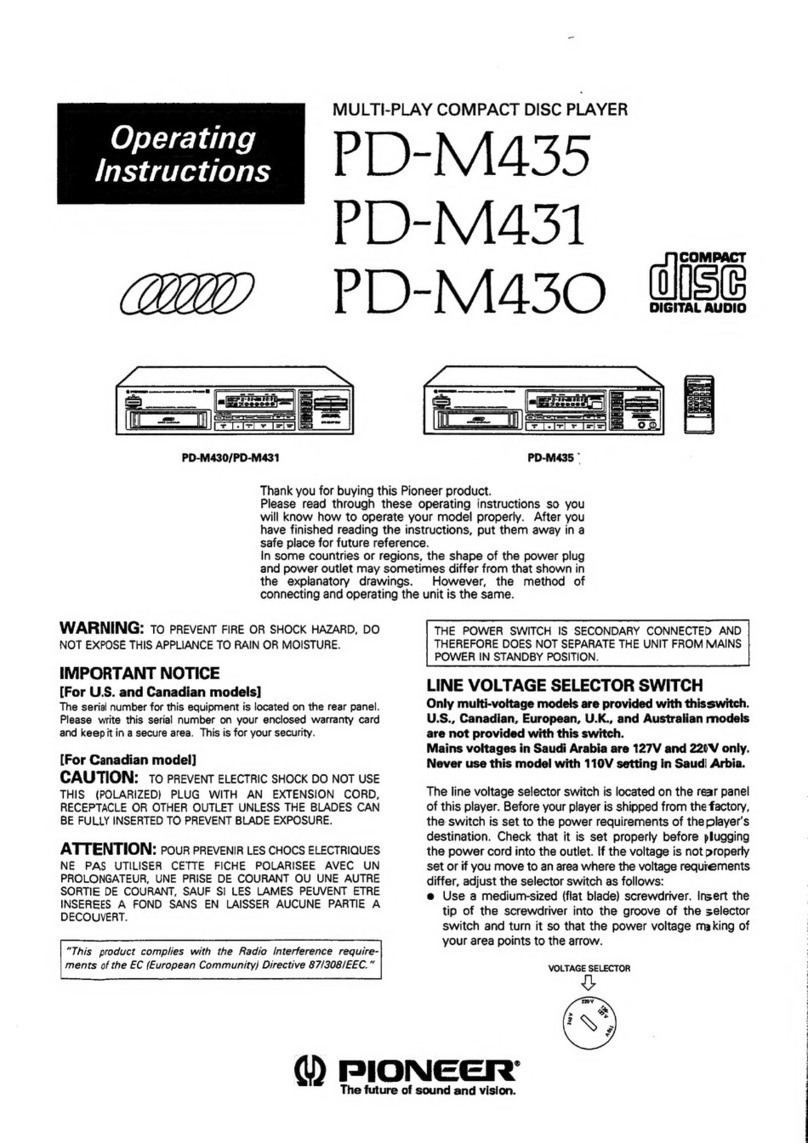
Pioneer
Pioneer PD-M435 User manual

Pioneer
Pioneer CLD-900 Manual
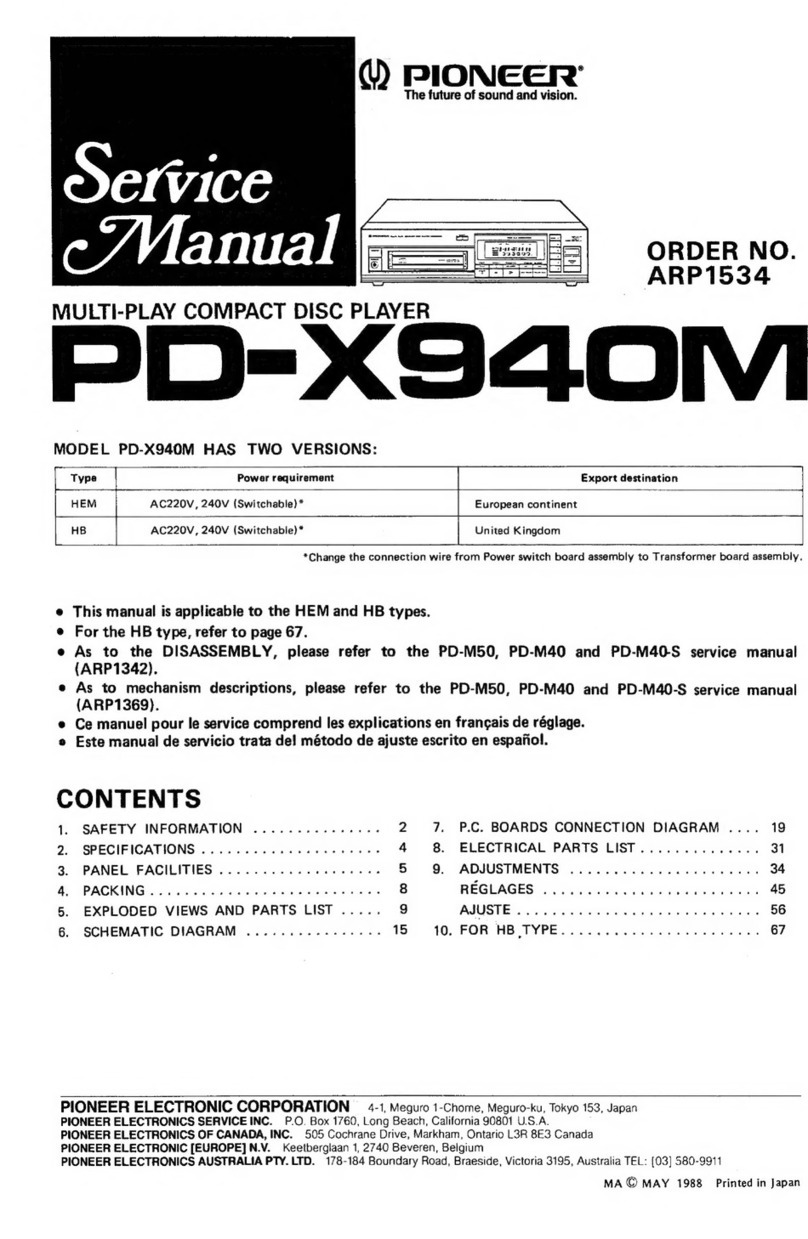
Pioneer
Pioneer PD-X940M User manual

Pioneer
Pioneer SUPERTUNER III D DEH-P2650 User manual
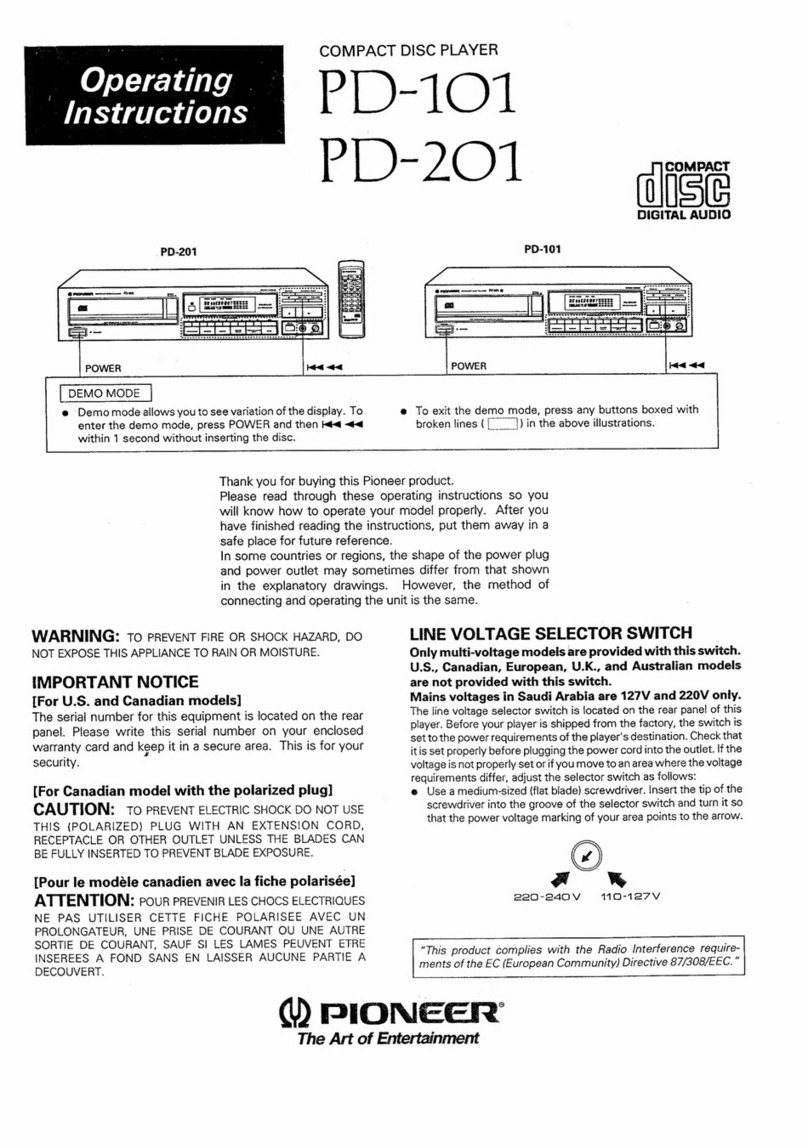
Pioneer
Pioneer PD-101 User manual
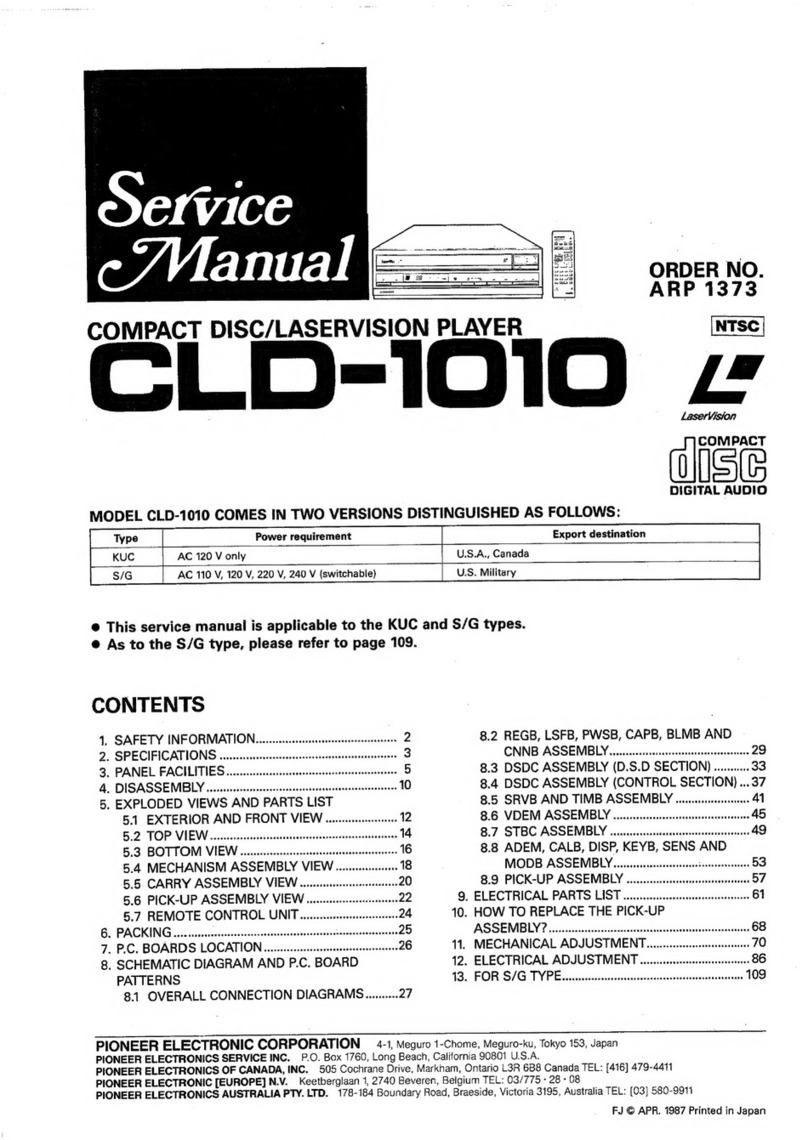
Pioneer
Pioneer CLD-1010 User manual

Pioneer
Pioneer CDX-M12 User manual
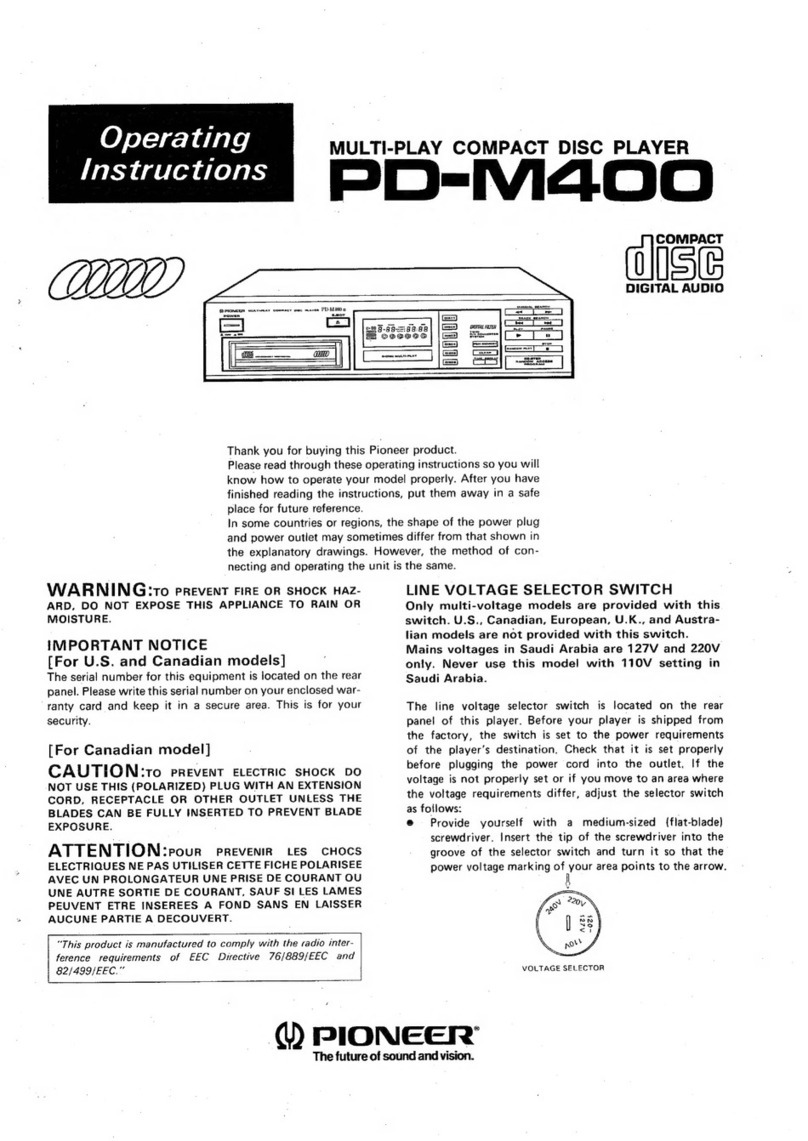
Pioneer
Pioneer PD-M400 User manual
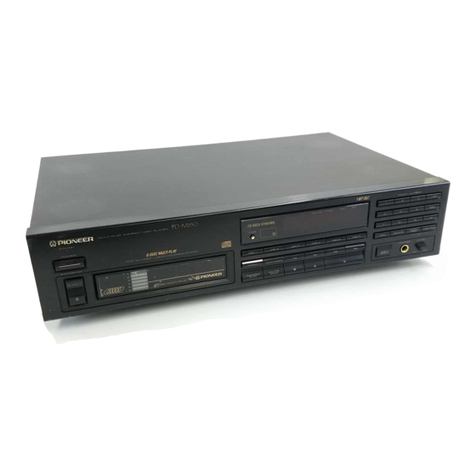
Pioneer
Pioneer PD-M450 User manual

